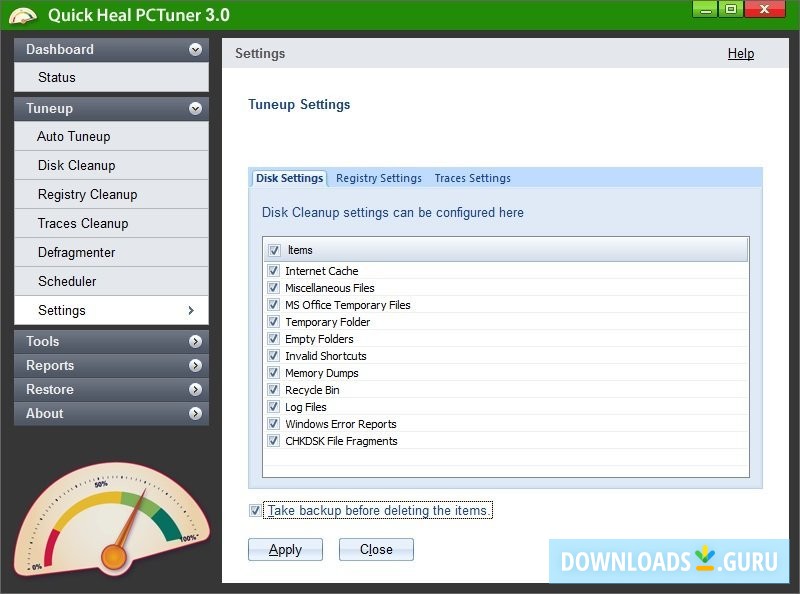
Normally, something in the background redirects the request up to the cloud. The current issue is that we are trying to provision separate iPhones on two separate mailboxes that were included in this list of new hires and something in the background is causing it to only look at the on premise environment for the mailbox. Options are Quick, which uses PidTagSearchKey and is the default mode, or Full which uses a predefined set of attributes to match items, depending on the item class.įor this to work you need to setup the impersonation of the user which you will be running the script.Back in July of 2019 we had a handful of new hires in our hybrid environment that for some reason had both on premise and cloud mailboxes provisioned during the on premise mailbox setup and the mailbox migration to the cloud. Possible values are HardDelete (permanently deleted), SoftDelete (use dumpster, default) or MoveToDeletedItems (move to Deleted Items folder). DeleteMode specifies how to remove messages.

When the Impersonation switch is specified, impersonation will be used for mailbox access, otherwise the current user context will be used When omitted, the script will attempt to use Autodiscover Server is the name of the Client Access Server to access for Exchange Web Services. Valid options are Mail, Calendar, Contacts, Tasks, Notes or All (Default) Type determines what folders are checked for duplicates. Mailbox is the name of the mailbox to process You will need to download the script here and then install Managed API 1.2 or later which can be downloaded here.

This is normal to happen and can be done directly from the server using Powershell. During an Exchange migration you sometimes have the issues where users complain that there are duplicate entries of their calendar items.


 0 kommentar(er)
0 kommentar(er)
